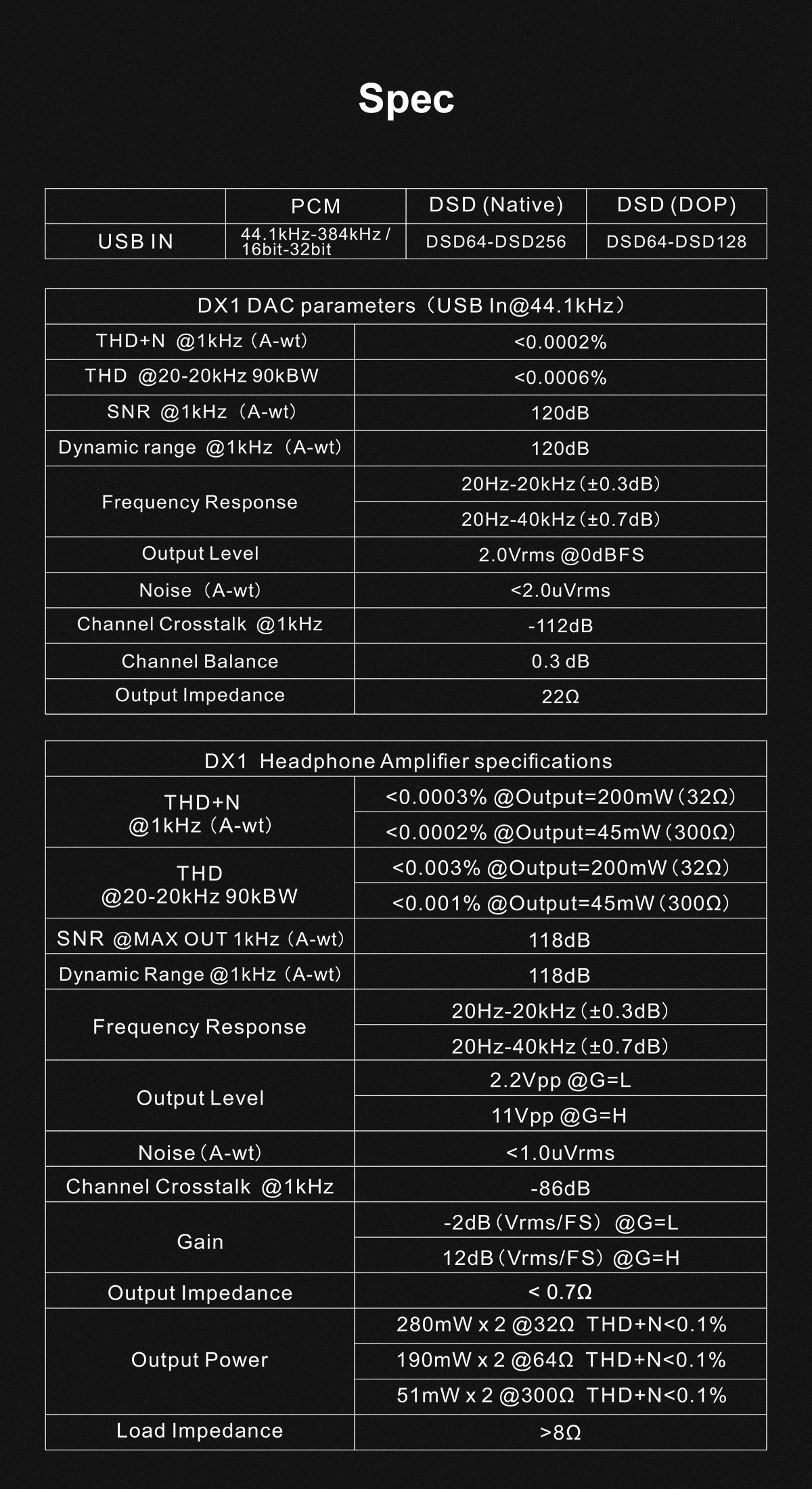Hi,
I have a Topping DX1 which has a "Gain" switch on the back with options: L and H.

I plan to buy Sennheiser HD 560S headphones tomorrow, which have the following specifications:
I have a Topping DX1 which has a "Gain" switch on the back with options: L and H.
I plan to buy Sennheiser HD 560S headphones tomorrow, which have the following specifications:
- Impedance: 120 Ohms
- Sound pressure level (SPL): 110 dB (1kHz, 1 Vrms)
- Output Impedance < 0.5Ω
- Output Power: 280mW X 2 @32Ω | 190mW X 2 @64Ω | 51mW X 2 @300Ω
- if the "Gain" switch is set to "L" and the knob is turned more, OR
- if the "Gain" switch is set to "H" and the knob is turned less?
